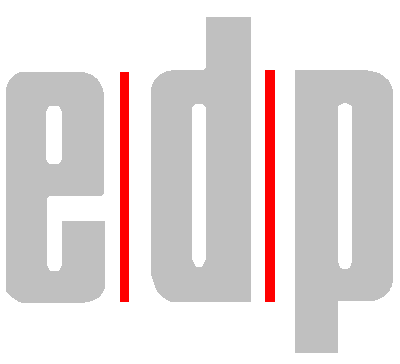
 |
FECO: | 3000 # 34 |
| MODIFICATION No: | N/A | |
| PRODUCT: | NCR3000 # | |
| SUB-ASSEMBLY | SCSI SINGLE ENDED DAUGHTER BOARD | |
| ESTIMATED MAN HOURS | N/A | |
| CLASS OF CHANGE: | INFORMATIONAL | |
| REASON FOR CHANGE: | TO INTRODUCE THE SCSI SINGLE ENDED DAUGHTER BOARD |
Note: Full ESD precautions must be used when handling PCB's
| Reason for change | |
|
The SCSI single ended daughter board has been introduced. It attaches to a 53c710 pxa pcb to enable a single-ended internal/external interface. On an NCR 3430 it can plug directly into the system board. |
|
| Identity | |
|
The MEC identity is: NCR3 - 53c710 (pxa)(se-daght) - (tech serv ref 29/12/1) |
|
| Installation | |
|
The kit includes the daughter pcb and two nylon stand offs. To install the daughter board on a SCSI host adapter board, insert the two nylon stand offs (included in this kit) into the stand off holes on the daughter board. Then, align the pga header (p1) on the daughter board with the pga socket on the host adapter board so that the extra pin on the header is above the extra pin on the socket. Lower the daughter board into the socket ensuring that the nylon stand offs are aligned with the stand off holes on the host adapter board. Refer to the following illustration to ensure proper board installation. |
|
| Servicing | |
|
|
| Features | |
|
The SCSI single-ended daughter board provides an additional SCSI channel through a 53c710 SCSI i/o processor. The SCSI differential daughter board also has the following features.
|
|
| SCSI termination and termination power circuitry | |
|
The SCSI single-ended daughter board supports socketed SCSI bus termination that can be installed or removed based on the specific SCSI application. For applications requiring connectivity of internal-only SCSI devices or external-only SCSI devices, the terminating resistor pack (rp1) must be installed to establish SCSI bus termination at the daughter board end of the bus. For applications requiring connectivity of internal and external SCSI devices to the daughter board, the terminating resistor pack (rp1) must be removed, and termination must be provided through another means at the last internal and last external SCSI device position (ends of the bus). The SCSI single-ended daughter board is designed to provide termination power (termpwr) to the SCSI bus. Termpwr is supplied to both the internal and external SCSI connectors through a 1.5 a fuse (f1) and a schottky back-flow protection diode. Since the daughter boards supplies termpwr, no other SCSI device connected to the board should supply termpwr to the bus. |
|
| PGA header (p1) | |
|
The SCSI single-ended daughter board provides a pga male connector to interface the daughter board and a SCSI host adapter, or to interface the daughter board and the computer baseboard. |
|
| Pin and plug assignments | |
|
|
| Testing | |
|
No special testing procedure. |
|
| Recording action | |
|
No specific recording action. |
|
| Engineering Division |
Copyright
© Electronic Data Processing PLC - 2002 |
NSD |